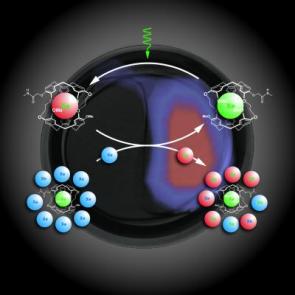 One of the major benefits of medical imaging is the early detection of diseases. Breast cancers are spotted early on through mammogram. Even without having to touch a patient, doctors and medical practitioners are able to see a detailed view of a broken bone through x-ray. Changes in the internal organs and blood vessels are recognized through ultrasound. These are but few of the firsthand advantages of medical imaging. The whole human body is explored and new approaches for diseases are opened for treatment especially at their fundamental stages.
One of the major benefits of medical imaging is the early detection of diseases. Breast cancers are spotted early on through mammogram. Even without having to touch a patient, doctors and medical practitioners are able to see a detailed view of a broken bone through x-ray. Changes in the internal organs and blood vessels are recognized through ultrasound. These are but few of the firsthand advantages of medical imaging. The whole human body is explored and new approaches for diseases are opened for treatment especially at their fundamental stages.Mammography, CT Scans and Magnetic Resonance Imaging (MRI) are some of the most common medical imaging methods readily available to patients nowadays. These methods are routinely used throughout hospitals and health laboratories to detect cancer, heart diseases and other internal body complications. More complicated and expensive methods are electron microscopy, fluoroscopy, nuclear medicine, photo acoustic imaging, positron emission tomography (PET), projection radiography, tomography and ultrasound.

